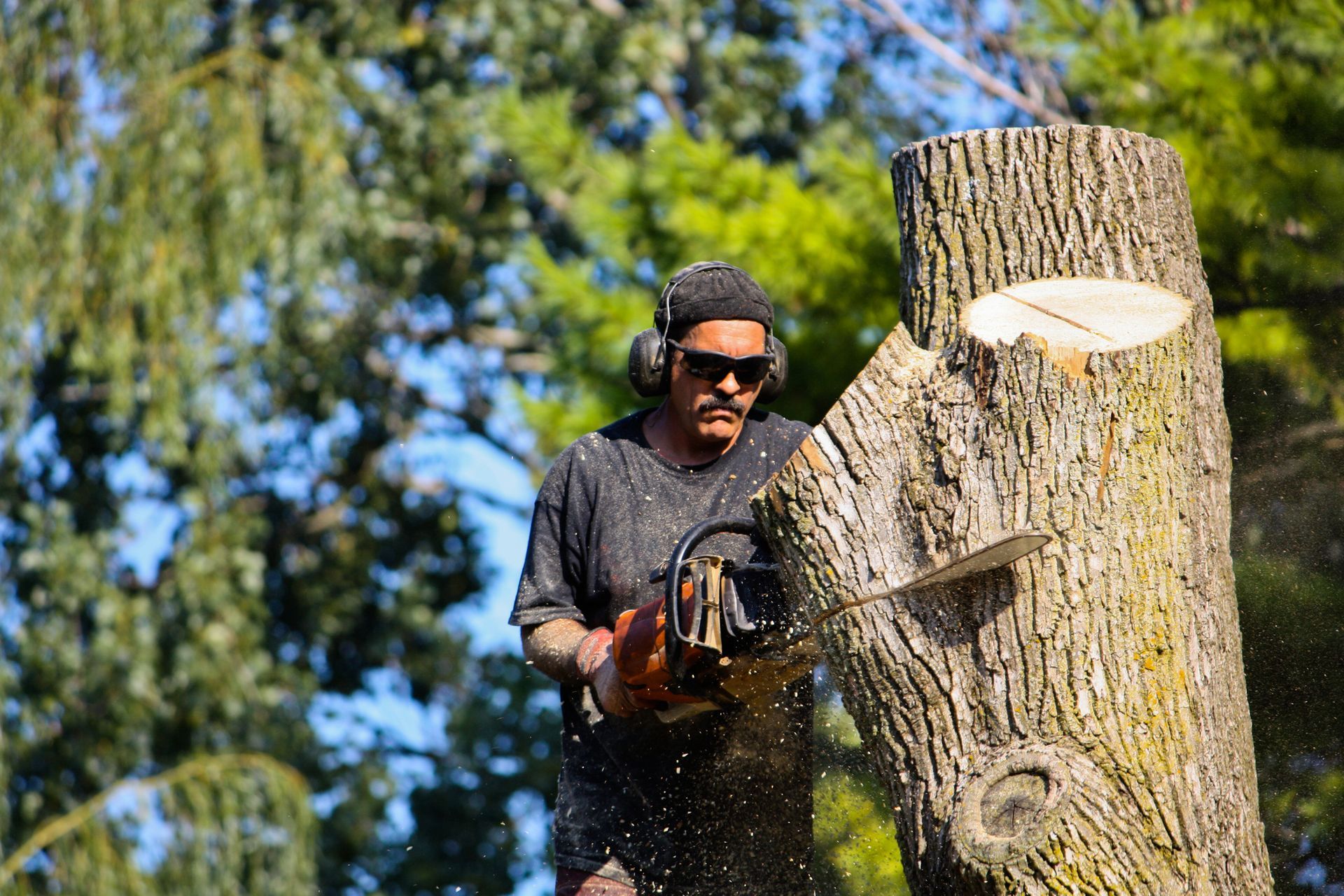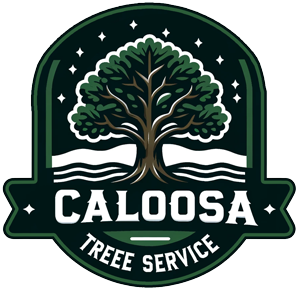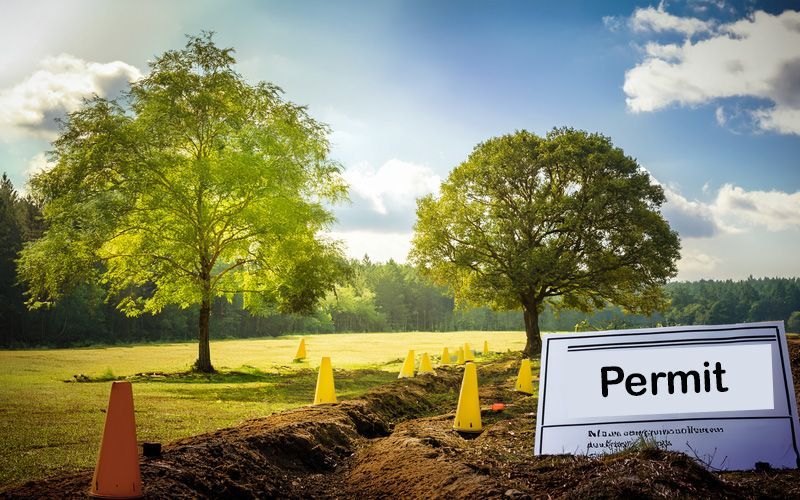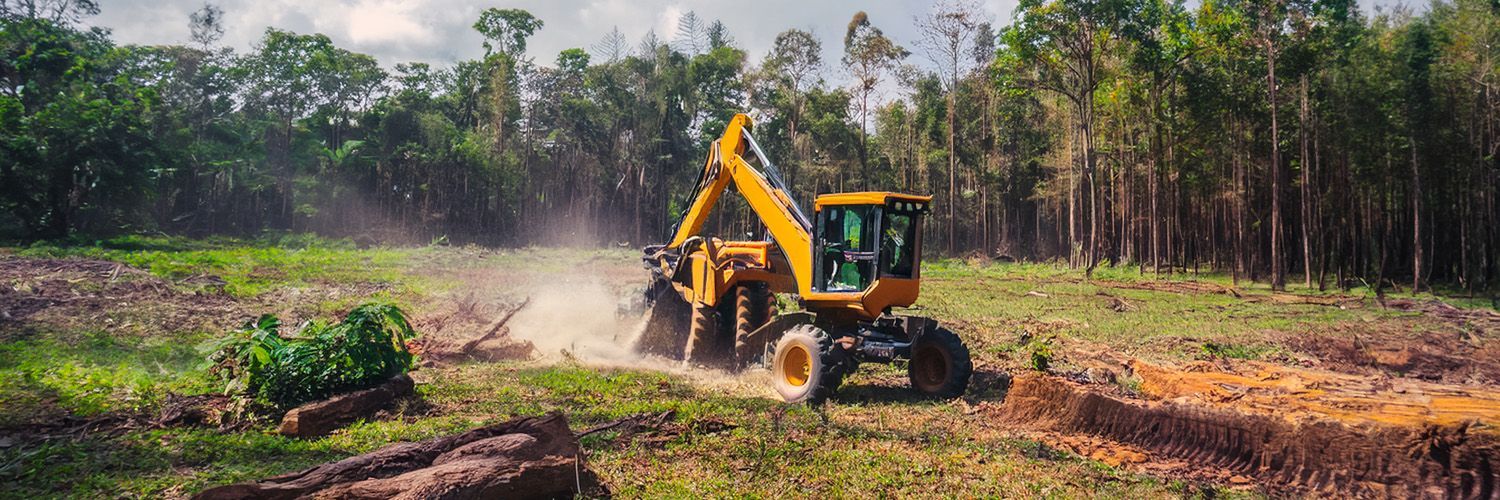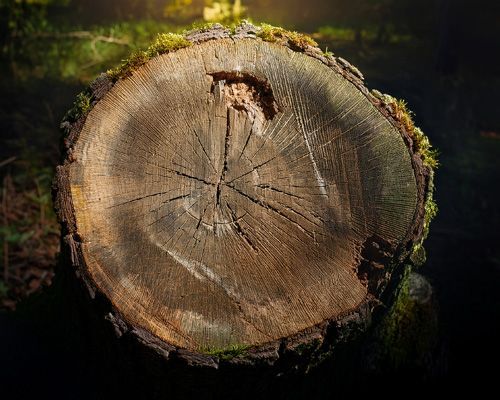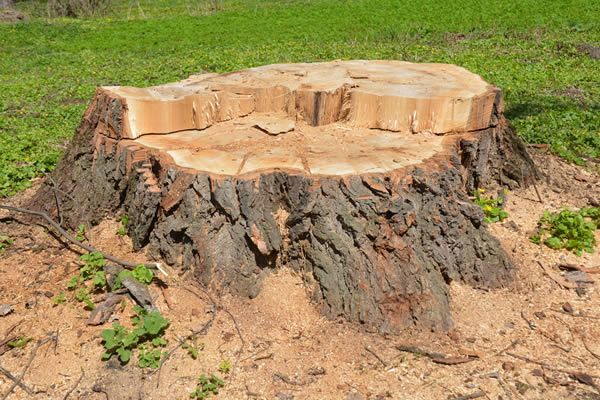Tree Removal Permits: What Florida Property Owners Should Know
Tree Removal Permits

Florida’s lush landscapes are dotted with majestic oaks, palms, and cypress trees that add beauty, shade, and ecological value to residential and commercial properties. But when a tree becomes hazardous, diseased, or simply stands in the way of development, removing it isn’t as simple as grabbing a chainsaw. In many cases, you’ll need a **tree removal permit**—and understanding the rules can save you time, money, and legal headaches.
Do You Need a Permit?
The answer depends on your location, the type of tree, and its condition. Florida law, specifically **Statute 163.045**, allows homeowners to remove trees **without a permit** if a **certified arborist or licensed landscape architect** determines the tree poses a danger to people or property. However, this doesn’t mean all removals are exempt.
Local municipalities often have their own ordinances. For example:
- Miami-Dade County requires permits for trees with a trunk diameter over 18 inches.
- Orange County mandates permits for removing regulated species like live oaks and bald cypress.
- Hillsborough County offers expedited permits if a certified arborist provides documentation.
Before cutting, always check with your city or county to avoid fines or forced mitigation.
What Happens If You Skip the Permit?
Unauthorized tree removal can result in **steep penalties**. In some Florida cities, fines can reach **$15,000 per tree**—especially for protected species. Beyond financial consequences, violators may be required to:
- Replace the removed tree with multiple new plantings
- Submit a mitigation plan to restore environmental balance
- Face delays in property development or resale
Permits aren’t just red tape—they’re part of Florida’s effort to preserve its natural canopy and biodiversity.
Exceptions to the Rule
There are legitimate cases where permits aren’t required:
- Dead or diseased trees that pose an immediate threat
- Storm-damaged trees after hurricanes or severe weather
- Agricultural land clearing for bona fide farming operations
- Routine pruning that doesn’t significantly alter the tree’s structure
Still, documentation is key. Even if you believe your tree qualifies for removal without a permit, having an arborist’s report or photos can protect you from disputes later.
Why Professional Help Matters
Navigating Florida’s tree laws can be complex, especially when local and state regulations overlap. That’s why working with a licensed tree service or certified arborist is essential. These professionals:
- Assess tree health and risk accurately
- Provide documentation for permit exemptions
- Handle permit applications and site plans
- Ensure removal complies with environmental standards
They’re not just tree experts—they’re your compliance partners.
Local Ordinances Vary—So Do Requirements
Florida’s tree removal laws are not one-size-fits-all. Depending on your county or city, you may need:
- A tree survey showing location, species, and diameter
- A site plan indicating property boundaries and structures
- An arborist affidavit confirming tree condition
- Neighbor consent forms for shared trees or boundary issues
Some jurisdictions even require replacement calculations, meaning you’ll need to plant new trees to offset the removal.
Final Thoughts: Plan Before You Cut
Tree removal in Florida isn’t just about clearing space—it’s about balancing property rights with environmental stewardship. Whether you're a homeowner tackling a backyard project or a developer preparing a site, understanding permit requirements is crucial.
Before you remove a tree:
- Consult your local government for specific regulations
- Hire a certified arborist to assess the tree
- Document everything to support your decision
- Apply for permits if required
By following the rules, you protect your property, your wallet, and Florida’s natural beauty.

